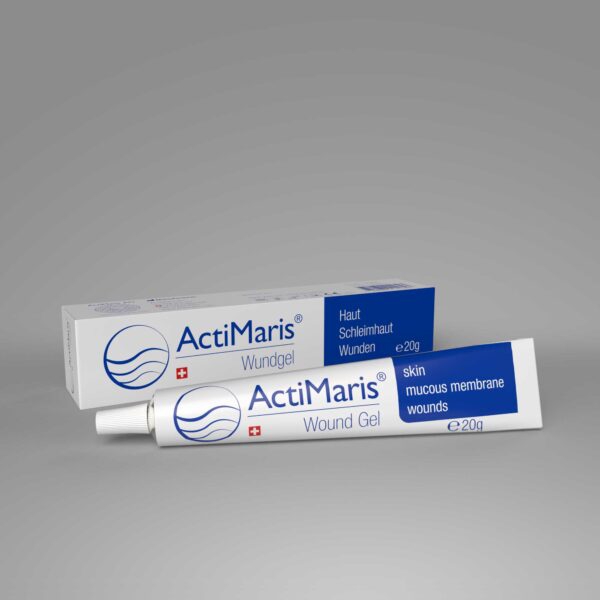
Stenosis of the renal arteries causes hypoperfusion (decreased blood flow) of the juxtaglomerular apparatus, resulting in exaggerated secretion of renin, and high blood levels of aldosterone, eventually leading to water and salt retention and high blood pressure.

Of note is the function of renal artery stenosis in the causation of high blood pressure: Normally perfused kidneys produce a proportionate amount of a substance called renin. The "pulseless phase" is characterized by vascular insufficiency from intimal narrowing of the vessels manifesting as arm or leg claudication, renal artery stenosis causing hypertension, and neurological manifestations due to decreased blood flow to the brain. The initial "inflammatory phase" is often followed by a secondary "pulseless phase". There is also often anemia and marked elevation of the ESR or C-reactive protein (nonspecific markers of inflammation). Fainting may result from subclavian steal syndrome or carotid sinus hypersensitivity. Some people develop an initial "inflammatory phase" characterized by systemic illness with signs and symptoms of malaise, fever, night sweats, weight loss, joint pain, fatigue, and fainting. Due to obstruction of the main branches of the aorta, including the left common carotid artery, the brachiocephalic artery, and the left subclavian artery, Takayasu's arteritis can present as pulseless upper extremities (arms, hands, and wrists with weak or absent pulses on the physical examination) which may be why it is also commonly referred to as the "pulseless disease." Involvement of renal arteries may lead to a presentation of renovascular hypertension. Takayasu's arteritis is similar to other forms of vasculitis, including giant cell arteritis which typically affects older individuals. In the Western world, atherosclerosis is a more frequent cause of obstruction of the aortic arch vessels than Takayasu's arteritis. Those with the disease often notice symptoms between 15 and 30 years of age. Females are about 8–9 times more likely to be affected than males. It mainly affects the aorta (the main blood vessel leaving the heart) and its branches, as well as the pulmonary arteries. Takayasu's arteritis ( TA), also known as aortic arch syndrome, nonspecific aortoarteritis, and pulseless disease, is a form of large vessel granulomatous vasculitis with massive intimal fibrosis and vascular narrowing, most commonly affecting young or middle-aged women of Asian descent, though anyone can be affected. Left anterior oblique angiographic image of Takayasu's arteritis showing areas of stenosis in multiple great vessels Takayasu arteritis, Nonspecific aortoarteritis, Takayasu's disease


 0 kommentar(er)
0 kommentar(er)
